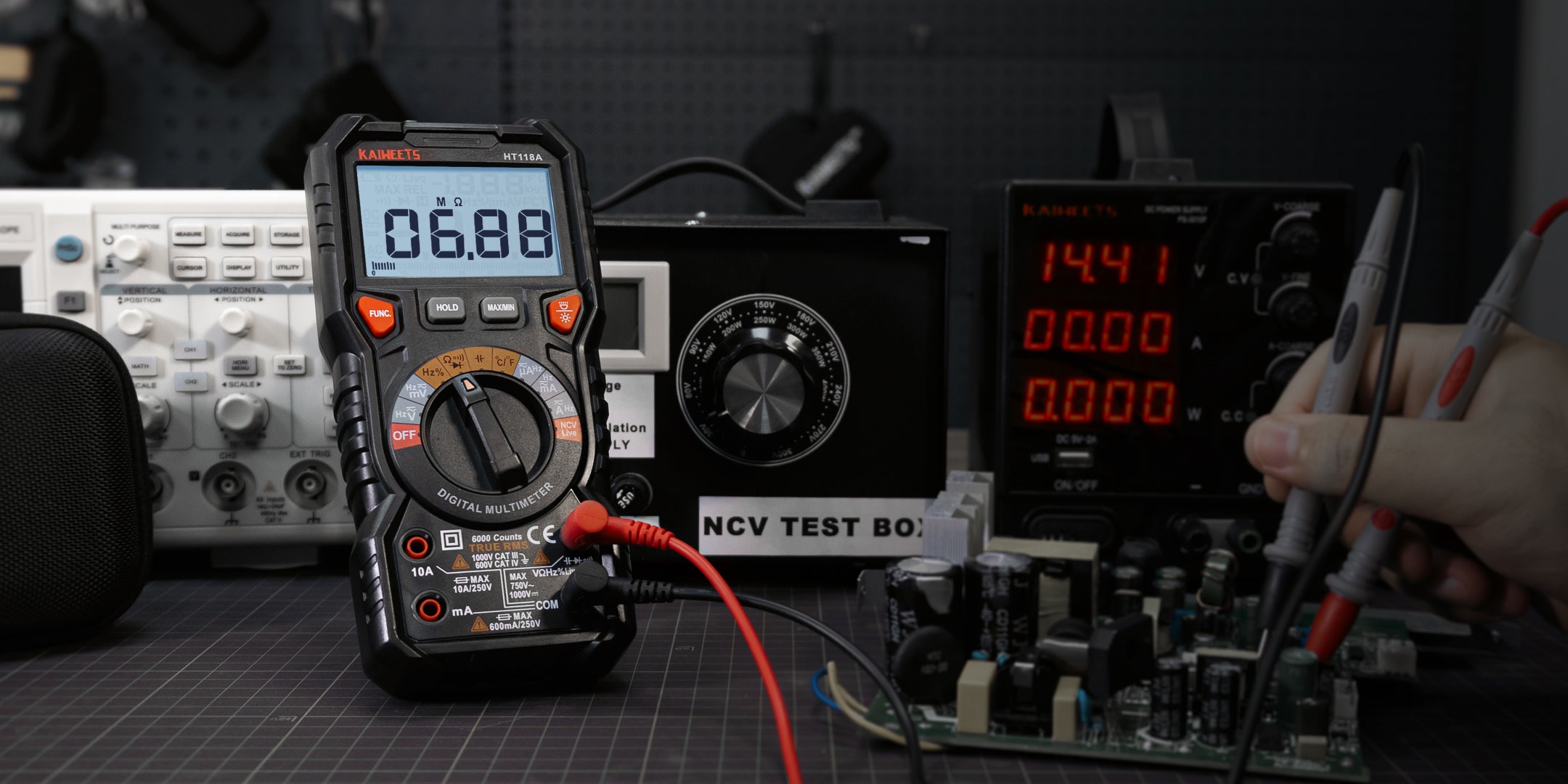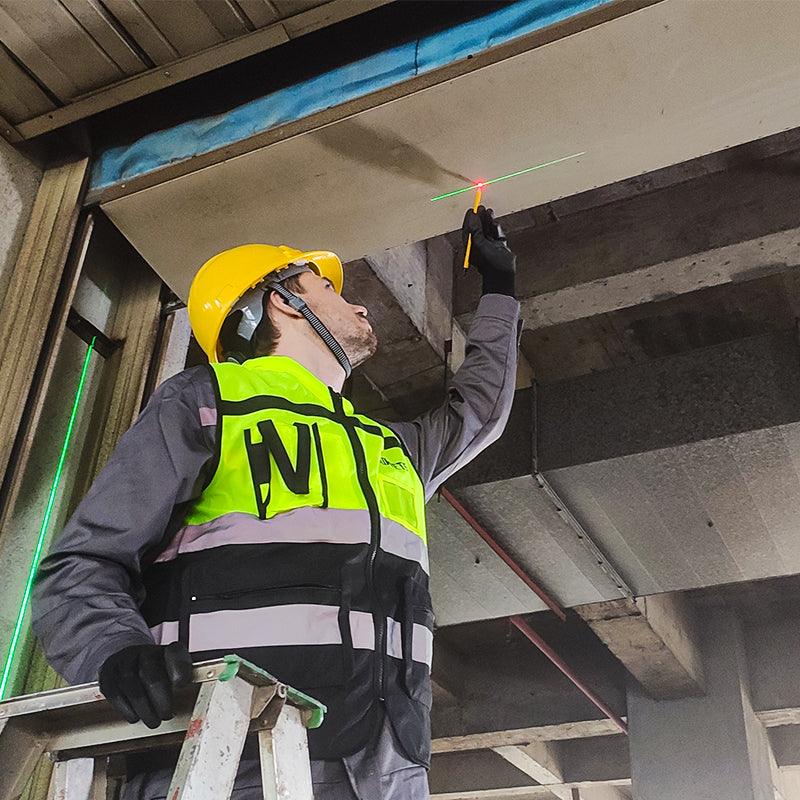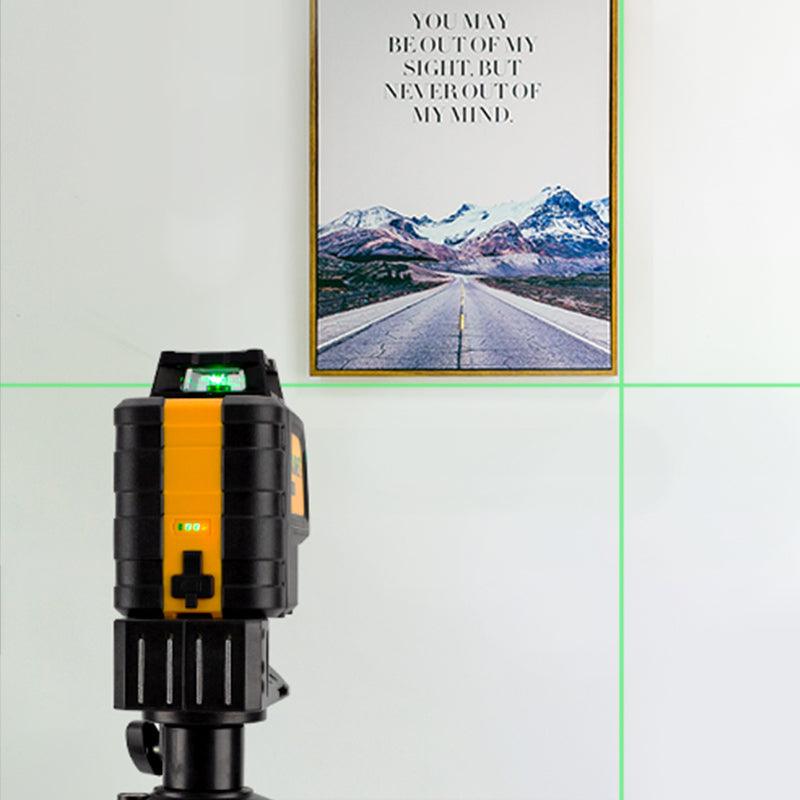Laser levels are an incredibly handy tool to have on hand, especially when it comes to leveling the ground. They make the leveling process quick and easy and can be used for a variety of applications. In this blog post, we will discuss how to use a laser level to level ground. Stay tuned!
Using a laser level, follow these steps to level the ground:
- Set up the laser level on a tripod in a location where it will not be disturbed by foot or vehicle traffic. Make sure that the legs of the tripod are firmly set on the ground and that all knobs are tightly secured.
- Level the head of the laser with a bubble vial, making sure that it is pointing in the same direction as your desired area to be leveled. You may need to adjust each leg of the tripod to ensure this accuracy.
- Turn on your laser level and aim it at your work area so the beam is visible across its entire length. Keep an eye out for any obstructions or settings changes that could cause inaccurate readings from your laser level.
- Move the laser level in a horizontal plane, keeping it parallel with the ground to measure the elevation of your work area. Be sure to make notes of any low or high spots that need additional leveling.
- Use a shovel, rake, and/or other tools to fill in any low spots or remove excess soil from high spots until you have achieved an even surface. Re-check with the laser level after adjustments are made and adjust as necessary before moving on to other areas.
- Repeat steps 3-5 until all desired areas have been leveled according to your specifications.
With these steps completed, you can now be confident that your ground is level and ready for whatever project you had intended!
Tips for using a laser level for the best results:
- Make sure the surface you're using is level. Uneven surfaces can significantly impact the accuracy of your measurements, so it's worth double-checking with a spirit level before starting any project to make sure the surface is completely flat.
- Invest in quality accessories. Although they may cost more upfront, laser levels come with attachments and mounts that ensure an accurate reading no matter where you place it or how far away the wall is. Be sure to invest in a few of these for the best results.
- Set up an area for easy access to power sources and outlets if needed. Laser levels need to be plugged into a power source, so before beginning, your project makes sure there’s an easily accessible outlet nearby.
- Take into account the angle of the laser beam, as it can be affected in different environments. If you’re working outdoors or somewhere that receives direct sunlight, these angles may vary and could result in an inaccurate reading so it’s important to make note of this beforehand.
- Always double-check your measurements for accuracy. Even if you've taken all the necessary precautions with your setup and accessories, it's always wise to check your results twice to make sure they're accurate before proceeding.
Following these tips will help ensure a successful project using your laser level! With proper care and use, you'll have access to precise measurements time and time again without fail. Happy measuring!
- Always store your laser level and accessories in a safe, dry place when not in use to prolong their life span. Excessive exposure to moisture or dust can damage the electronic components of the unit and shorten its lifespan if not taken care of properly. Investing in a quality carrying case is also an option for keeping it safe from harm during transport and storage.
- Ensure that you are using the right tool for the job - different types of laser levels excel at different jobs, so make sure you're using one that's suited to the specific project you’re working on. For example, if you need horizontal leveling, a rotary level might be best while a dot laser is perfect for vertical leveling.
By following these tips, you'll be able to produce the most accurate and precise readings with your laser level in no time!
Benefits of using a laser level for leveling ground:
Using a laser level for leveling ground is an efficient and accurate way of establishing the correct grade or slope. It provides a much more precise measurement than traditional methods, like using a longboard with in-grade markings or transit levels with bubble vials.
- The advantages of using a laser level are numerous:
- It produces an exact, consistent line that can be seen from far away;
- It enables you to easily measure angles up to 360 degrees;
- Allows for easy transfer of information between different points on the field since all measurements are taken at the same time;
- Due to its accuracy and precision, it minimizes rework time significantly.
Moreover, the setup is simple and straightforward, as the laser level is self-leveling and can be easily adjusted to the required grade or slope. Once set up, it requires minimal time for adjustments, saving you time and effort.
5 Common mistakes people make when using a laser level:
- Not Choosing the Right Laser Level: There are various types of laser levels available, each with its own advantages and disadvantages. It is important to choose a level that suits your needs in terms of accuracy, size, and portability.
- Incorrectly Setting Up the Laser Level: Before using a laser level it is necessary to set it up correctly in order to ensure accurate results. This includes making sure it is securely mounted on a tripod or other sturdy surface at the correct height, and aligned according to the manufacturer's instructions.
- Improper Use of the Tripod: Using an incorrect or unstable tripod can lead to inaccurate results when leveling an area with a laser level. To avoid this, make sure the tripod you are using is suitable for the size and weight of your laser level, and that it is securely set up on a solid surface.
- Not Checking for Obstructions: Before starting to use a laser level, it is important to check for any obstructions which may interfere with the beam of light from the device. This includes trees, buildings, or other structures in line with where the level will be used.
- Ignoring Safety Measures: It is important to take safety measures when working with a laser level as they emit powerful beams of light which can cause serious eye damage if not handled correctly. Always wear protective goggles when using a laser level and ensure that no one else is standing in the beam of light. Additionally, check to make sure the level is stable before using and that there is no edging or other objects which may cause it to move out of alignment.
By following these simple tips you will be able to ensure accurate results when leveling an area with a laser level. Taking the time to do things correctly and safely will save you both time and money in the long run.
Frequently Asked Questions:
What safety precautions should I take when using a laser level?
Always wear protective eyewear when working with a laser level, as the beams of light emitted by the device can be damaging to the eyes. Additionally, always make sure that the tripod is firmly set in place, as sudden movements or vibrations could cause inaccurate readings. Finally, never point the beam at yourself or other people as this could result in injury.
Can you level the ground with a laser level?
Yes, a laser level can be used to level ground. You simply need to attach the device to a tripod and turn it on. Adjust the angle of the beam until it is correctly leveled according to your desired surface. After that, use a spirit level or tape measure to check if the area you leveled with the laser is indeed flat.
How accurate are laser levels for leveling ground?
Laser levels are extremely accurate when it comes to leveling the ground. Generally speaking, they offer an accuracy range of up to 1/8 inch over 100 feet. It is important to note that this accuracy may vary depending on the specific model you’re using.
What type of laser level should I use for leveling the ground?
When it comes to selecting the right laser level for leveling the ground, there are a few things to consider. If you’re working on a large area, then you’ll need a rotary laser level that emits a 360-degree beam of light. For smaller areas, an electronic self-leveling laser will do the job.
Conclusion:
In conclusion, using a laser level for leveling ground is an effective way of establishing a precise and consistent grade or slope. It eliminates the need for manual calculations and measurements when transferring information between different points on the field, minimizing rework time significantly. Additionally, its simple setup and adjustment make it an efficient tool for both small-scale projects and large-scale ones. Investing in a quality laser level will save you time and money in the long run.




